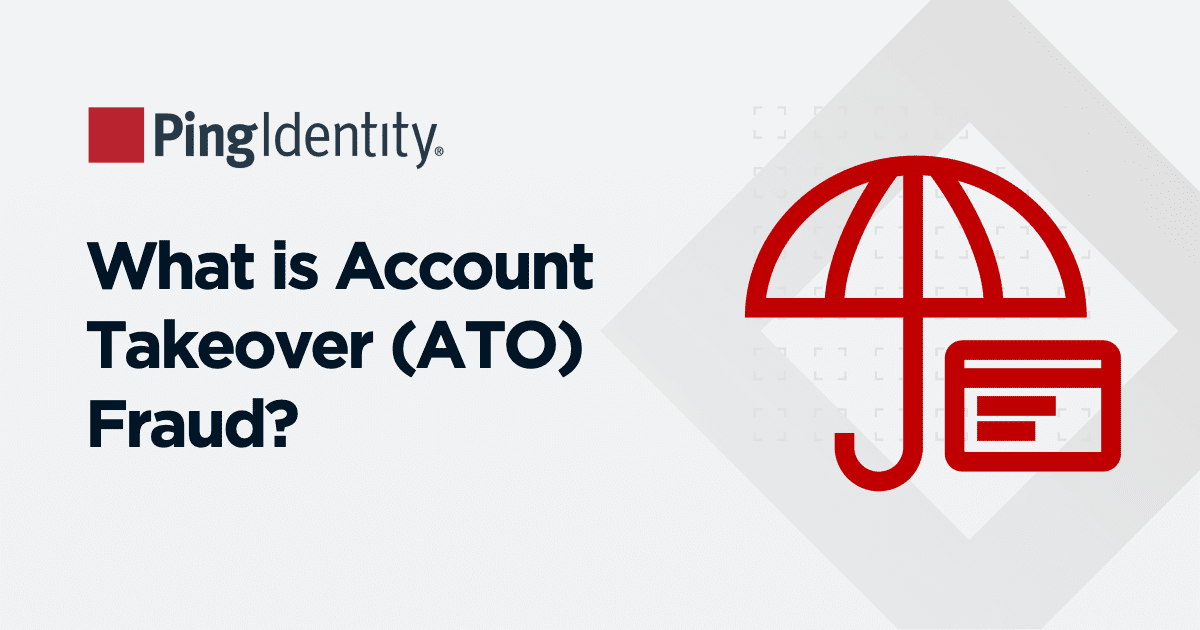The global biometrics market is expected to grow to a staggering $82.9 billion by 2027 and organizations have taken notice of its many capabilities. In particular, as cyberattackers and their tools become more sophisticated, it's become increasingly challenging to protect digital assets. Biometrics are known to have been a boon to digital security and data protection, but there are a variety of other use cases across industries.
What are biometrics?
Biometrics are automated methods used to identify an individual or verify/authenticate an individual's identity based on physiological characteristics and behavioral traits. Government and law enforcement agencies often use biometrics to "identify" people (capturing a fingerprint, for example, and comparing it to a database of fingerprints to see if there's a match). Enterprises typically use the "verify/authenticate" type of biometrics, which automates recognition using biological identifiers, such as a facial scan or even one's keystrokes or gait.
Some of the most commonly used biometrics include measurable features of:
- Faces
- Fingerprints
- Irises
- Voices
- Gait
- Gestures
- Keystrokes
- Palm or finger veins
How are biometrics used today?
Some of the practical applications of biometrics in the enterprise and everyday life, include:
- Access to mobile devices
- Passwordless authentication for apps
- Banking, such as ATMs
- Blood donation tracking
- Physical access to secure buildings, campuses, and secure areas in hospitals
- Medication dispensers
- Healthcare applications, such as medical alerts
- Public transportation access and tracking
- Virtual assistants, such as Alexa
- Employee access management
How do biometrics work?
Biometrics systems work by comparing data. Systems capture biometric data, convert that data into a digital template, store the template, and analyze the presented biometric — comparing it against the stored template to determine if there is a match.
Because identifiable features, like fingerprint patterns, rarely change, they are ideal for verification purposes. A sensor – such as a fingerprint scanner or camera – can detect and recognize a user's unique characteristics. On some devices, such as an iPhone, the fingerprint is stored on the device itself and is never shared. In other cases, biometrics systems have a database of stored metrics that are used to analyze the recorded metrics against others.
How biometrics applications benefit enterprises
The use of biometrics is clearly revolutionizing the way organizations handle security – and though security is the most common application, there are many others. In the healthcare industry, smart wearable devices use biometrics for health monitoring. Some applications add artificial intelligence (AI) to speed decisioning and detect attempts at unauthorized activities. And others use biometrics to improve operational efficiencies. Here are seven ways biometrics is supporting digital organizations.
1. Increased accuracy for automated systems
An automated biometric identification system (ABIS) is a large-scale system that compares recorded biometrics to a massive database of other biometrics. ABIS can be used by enterprises to perform identity checks for new hires or customers, comparing their IDs to those in an existing applicant or criminal database.
In healthcare, providers are starting to use ABIS to identify patients before delivering care to ensure that the right patients are receiving the right treatments. These digital identities can also help reduce identity fraud in any sector. It's harder, for example, to replicate or fake biometrics than it is to steal a password, forge a signature, or use credit card or Social Security numbers. However, generative AI is making it easier to impersonate others, so identity systems that use voice recognition and video will have to evolve to stay ahead of the attackers using AI to create new methods of attack.
2. Faster and more secure transactions
The use of biometric authentication makes digital transactions more secure by removing the leading cause of breaches: compromised credentials. It also reduces "friction" for legitimate users by eliminating the need to remember a password or enter a code sent to a mobile device. And it reduces the chance that employees and customers will experience security fatigue.
Security fatigue occurs when users become frustrated with repeated, arduous security tasks. It can lead to risky online behavior, such as accepting a push notification to authenticate a login that the user didn't initiate. Attackers are taking advantage of this fatigue by launching MFA prompt bombing attacks.
To reduce friction, avoid security fatigue, and eliminate the threat of identity-based attacks that rely on the use of stolen credentials (including passwords), organizations are adopting passwordless authentication. Passwordless authentication offers a variety of ways to verify a user's identity without passwords and include biometric methods, such as facial recognition or a fingerprint scan.
3. Integration with other technologies
The internet of things (IoT) relates to any internet-connected device that communicates information, often across platforms. Many industries, including manufacturing and healthcare, use IoT devices to share information securely and quickly to employees and customers. In a healthcare setting, this may include a glucose monitor or pacemaker that shares a patient's readings with the patient's doctor. In manufacturing, it may include sensors that relay information from the factory floor to inventory systems or suppliers. All these systems can improve efficiency and information-sharing, but they need to be secure, too, and that's where biometrics comes in.
Biometrics is beginning to integrate into the IoT ecosystem to improve security and the user experience. Not only are biometrics a quicker way to gain access to platforms and apps to receive pertinent information, but they're also a safer way to do so.
Identity governance is crucial to managing authorized access to sensitive information, and biometrics are being used to improve the accuracy of this authorized access. For example, the biometric templates of former business partners could be entered into a list that prevents them from accessing sensitive company information and digital assets after the partnership's dissolution.
4. Sustained authentication processes
Authentication processes that use biometrics are more sustainable long-term because biometrics is known as an "inherence" factor — in other words, something we are – which rarely changes and is difficult for malicious actors to steal or mimic. Passwords are a knowledge factor – something we know – which means they can be compromised (stolen), shared, intercepted, or cracked, which is getting easier thanks to AI.
Instead of passwords, also known as static shared secrets, organizations are turning to biometrics for verification. It not only streamlines the authentication process but makes it more secure and less subject to compromise for a longer period.
5. Automated time and attendance tracking
Since organizations are using biometrics to allow access into buildings and digital platforms, they have the ability to automatically track employee and customer attendance. This data can be useful for leadership to analyze the cause of dips in engagement and attendance.
Biometric technology also eliminates the risk of employees logging in on behalf of other employees or sharing passwords. Time tracking is another part of employee behavior that can be prone to user error. To avoid errors in time tracking or time theft, organizations are using biometrics to more accurately manage time logs. This can include camera-based sensors that detect a user, or keystroke recognition software that tells employers how long employees are actually working. This is also easier and less tedious for employees than tracking their time manually.
6. Streamlined payments and transactions
Payment processing is a crucial function of many digital businesses. Now, all retailers that conduct payment transactions can use biometrics. Shoppers can register for a biometric payment program if they sign up with proper identification and input their biometrics to a secure database provided by the company.
Then, whenever customers want to check out, they can scan their fingerprint instead of reaching for a credit card. This is quicker and safer in many ways, largely because it no longer requires the customer to use a plastic card or account number that someone could potentially steal and use.
7. Increased employee productivity
The absence of security fatigue can enhance employee productivity. Companies that allow their employees access to resources quickly – without lengthy authentication processes – will likely see a rise in productivity and employee satisfaction. Employees can spend more time on important work tasks and less time remembering complex passwords or submitting help desk tickets when they are locked out of their accounts.
From faster, more secure transactions to automated attendance and time tracking, the growing biometrics market is poised to affect organizations across sectors – and this is only the beginning. Biometrics will continue to advance, streamlining and securing the digital identity experience for employees, partners, and customers – whether they're patients, constituents, students, members, or others. Stay abreast of current technological advancements – the right solutions will propel your organization onward and upward; it's up to you to find and implement them.


